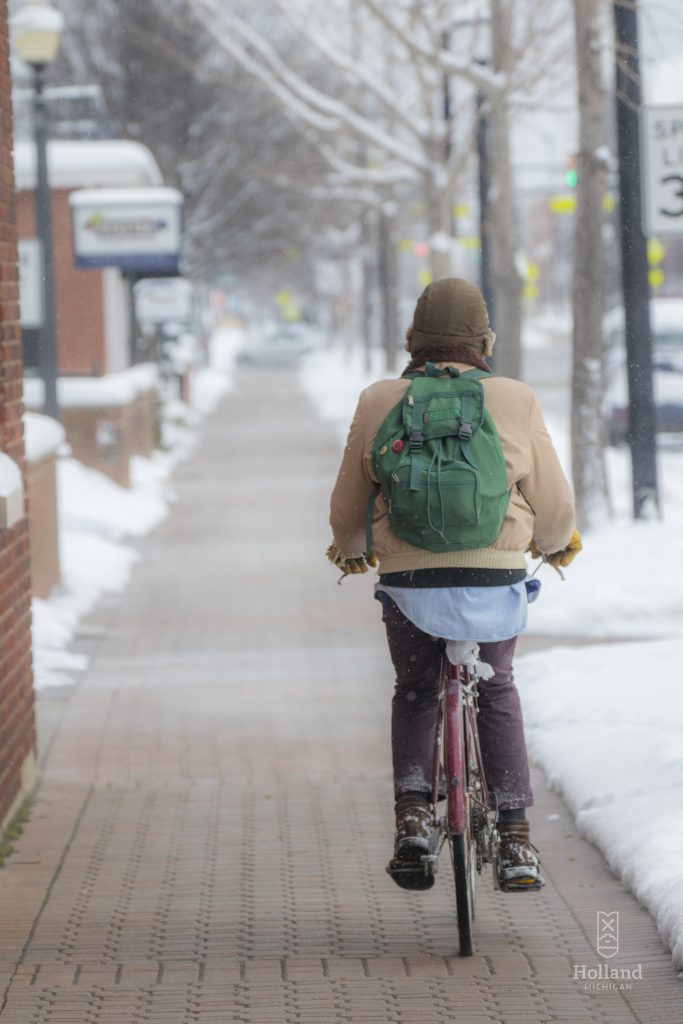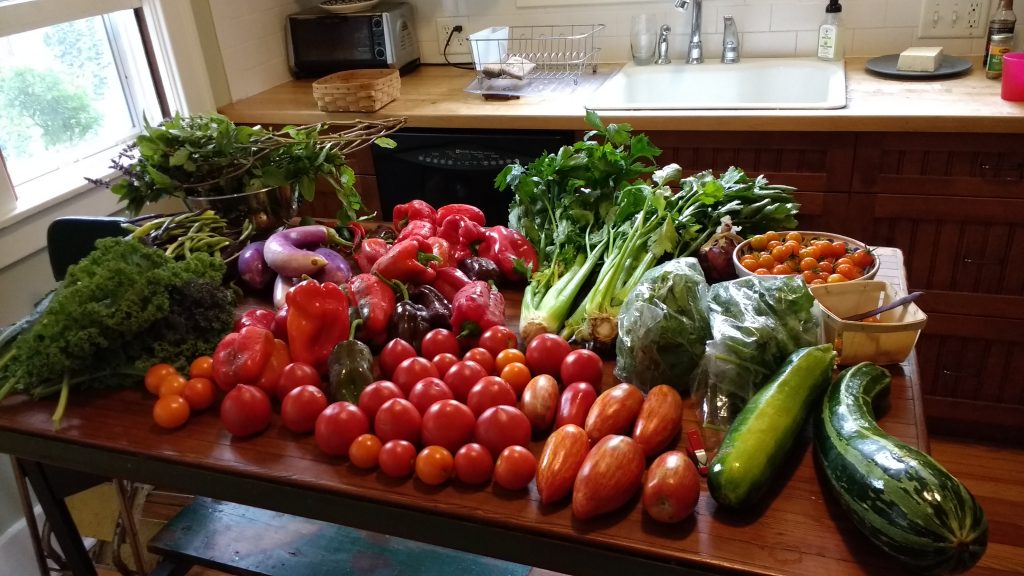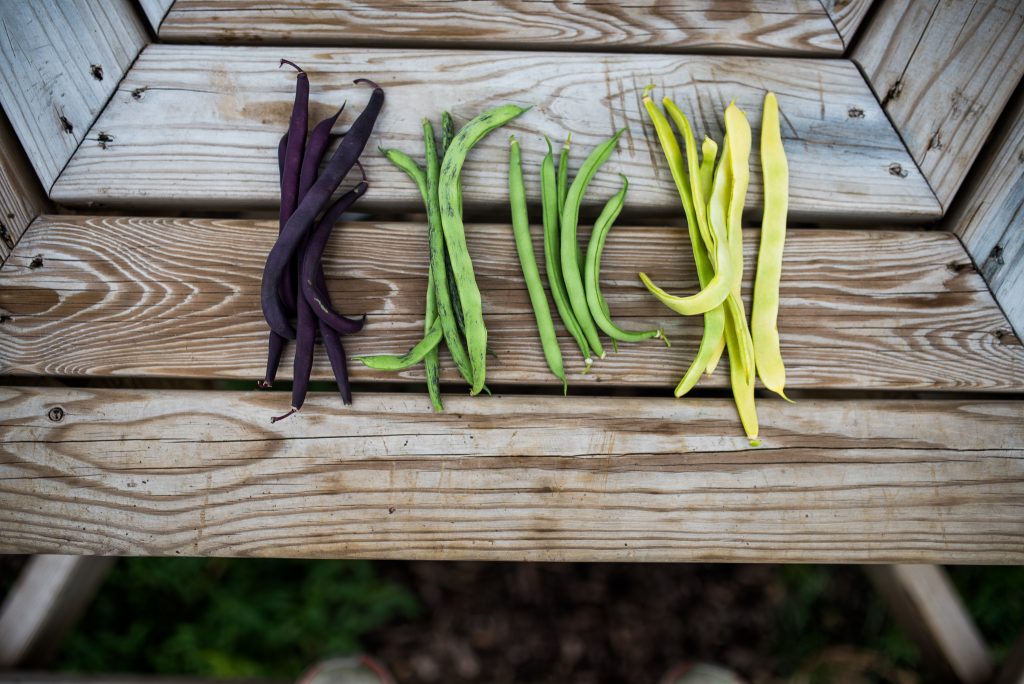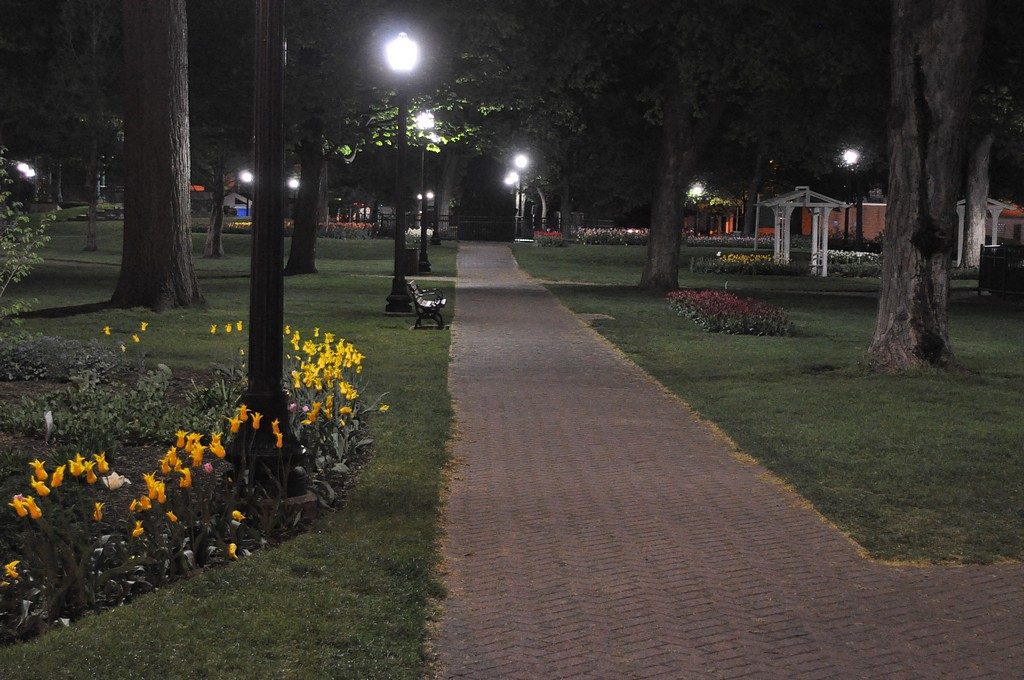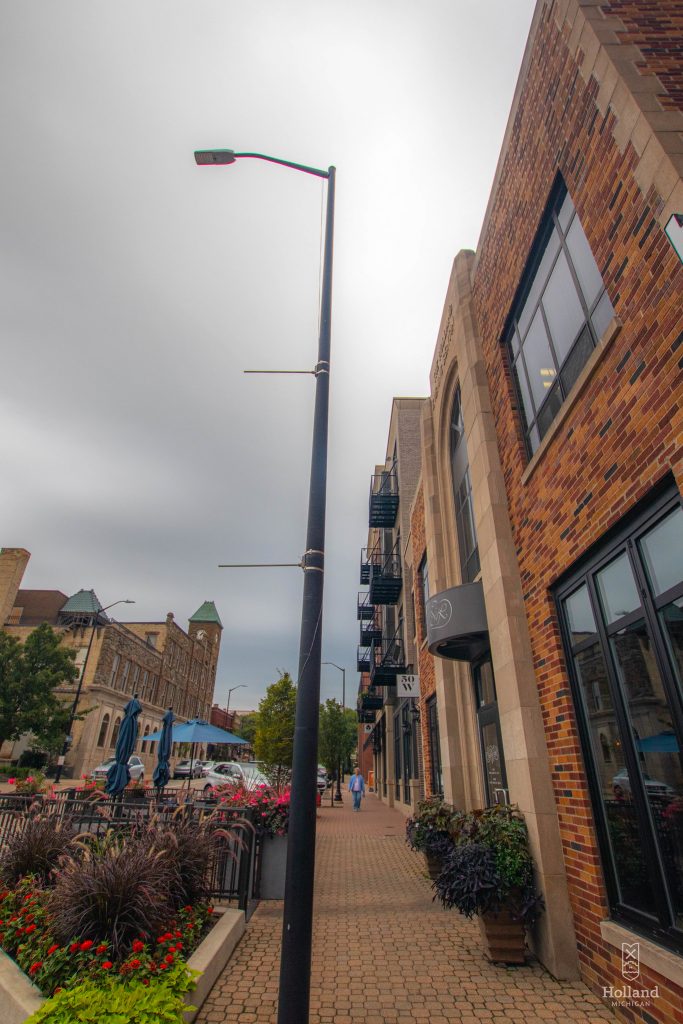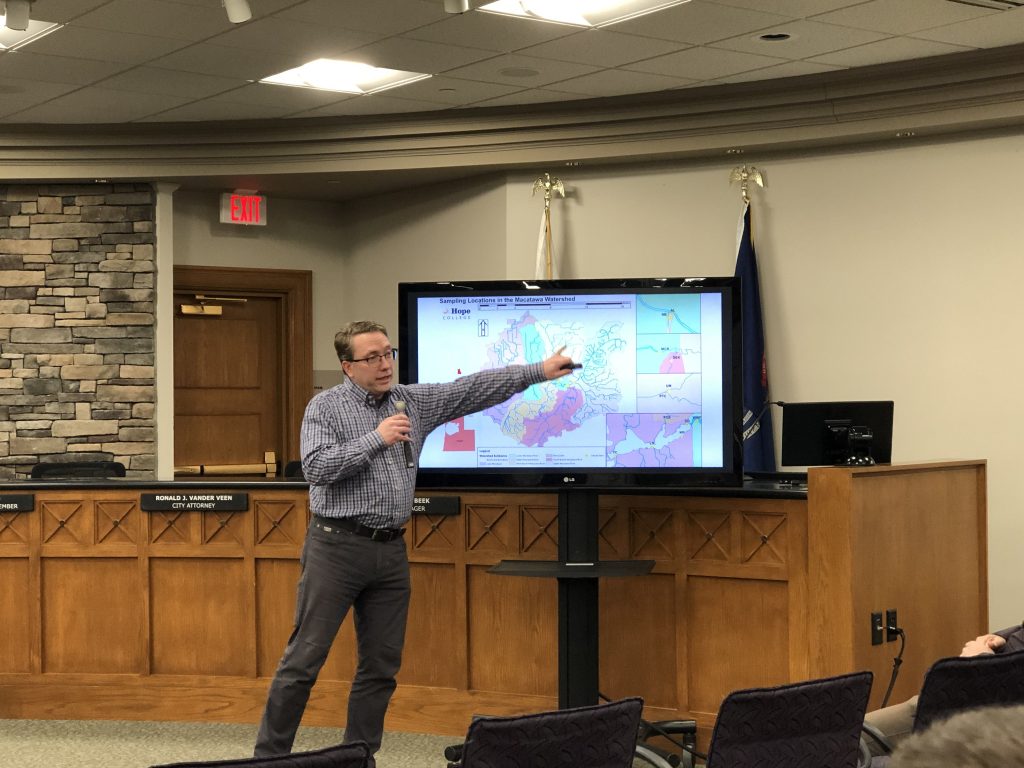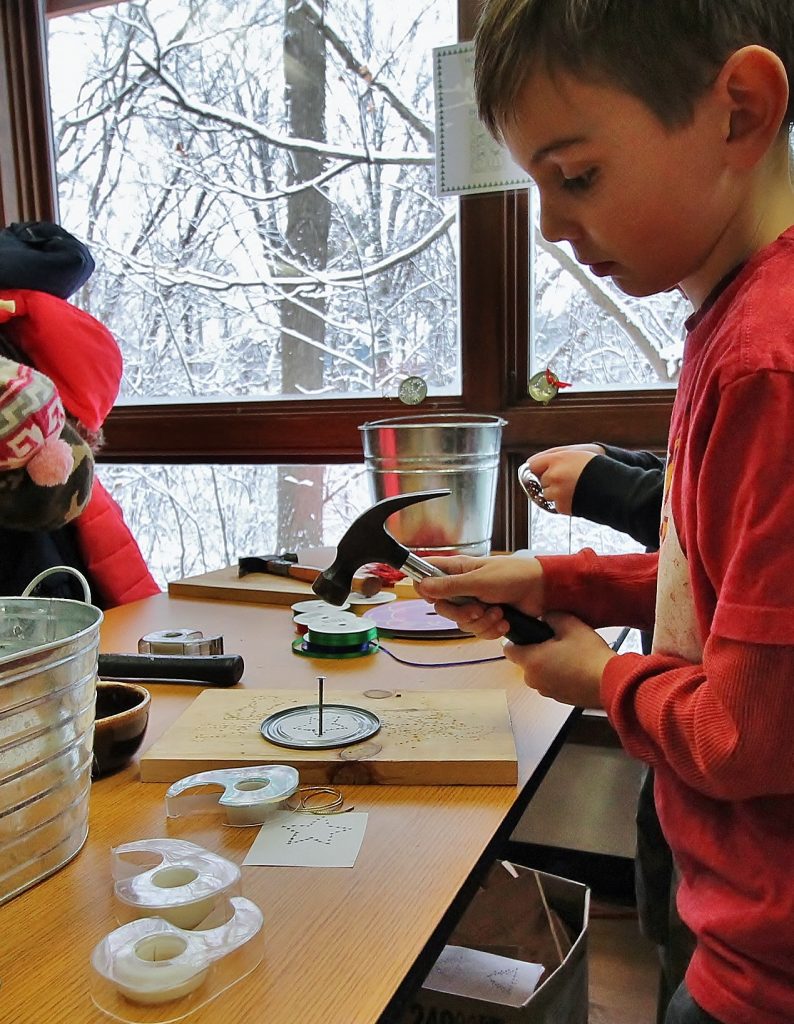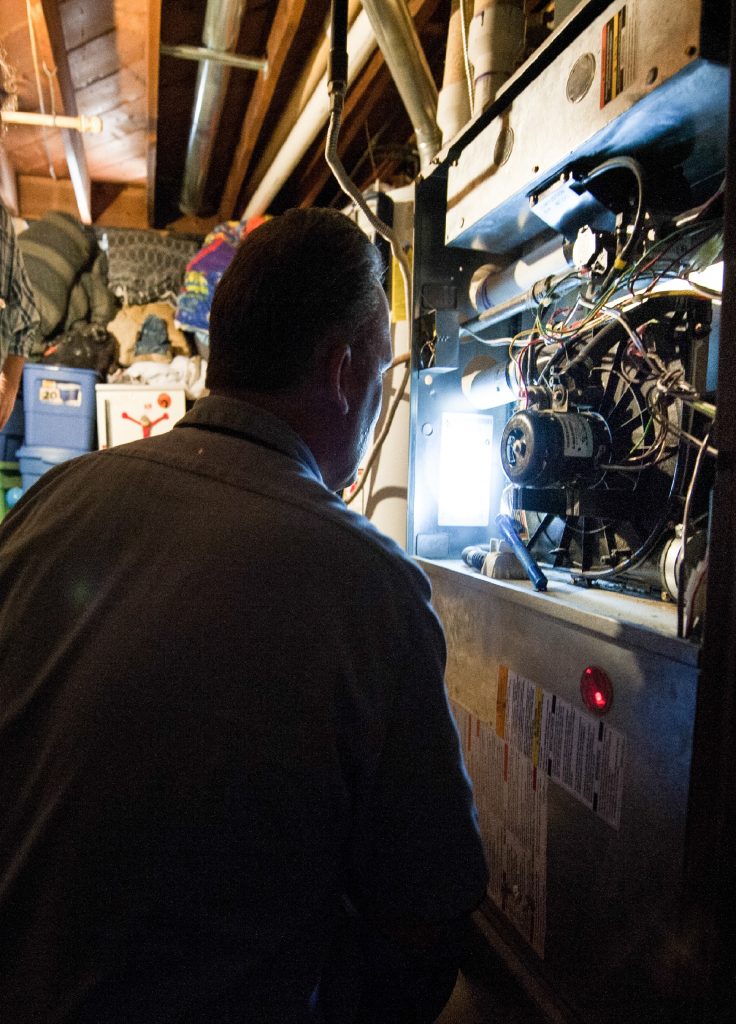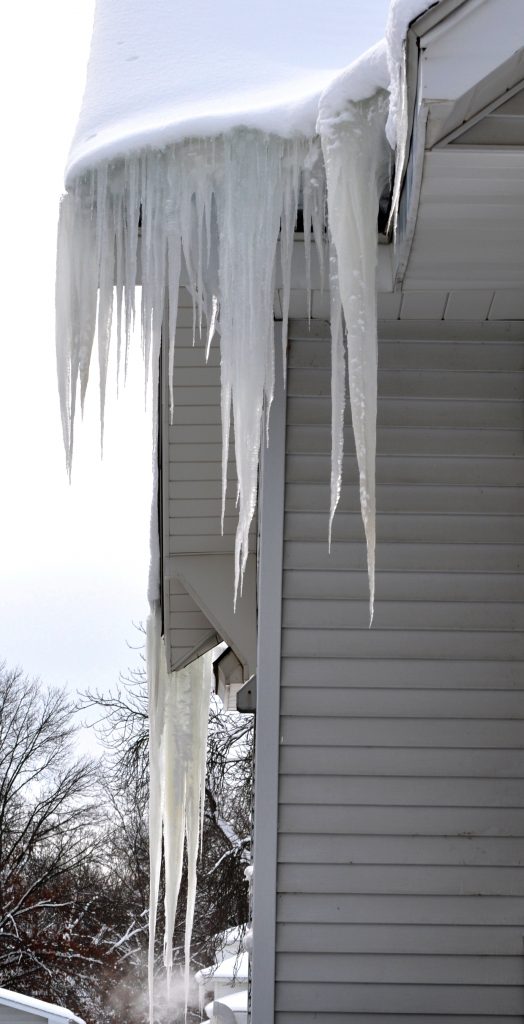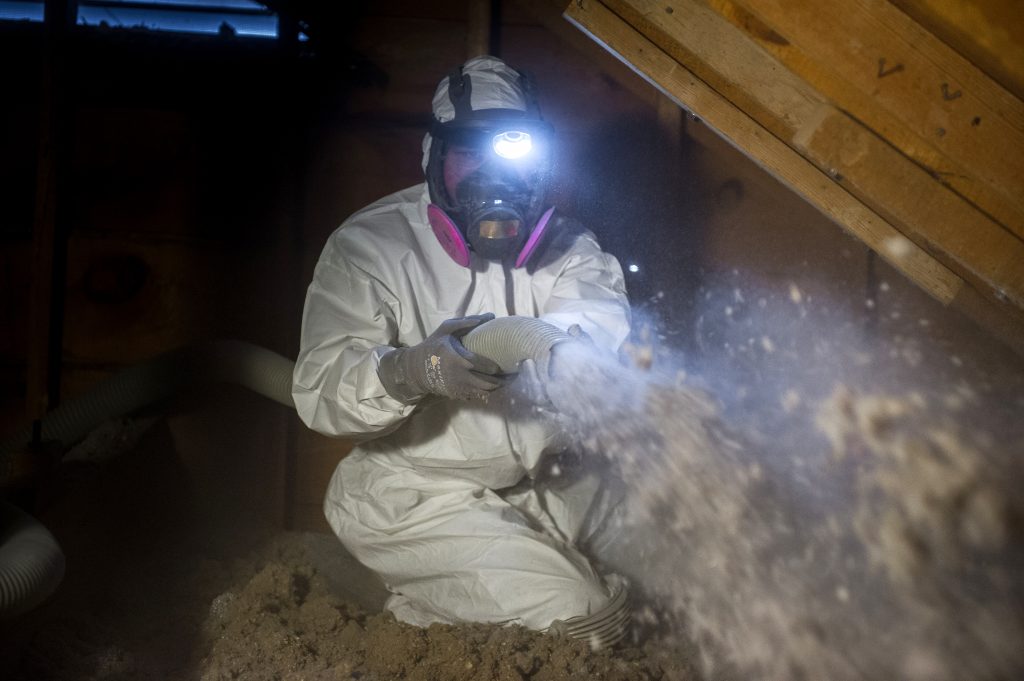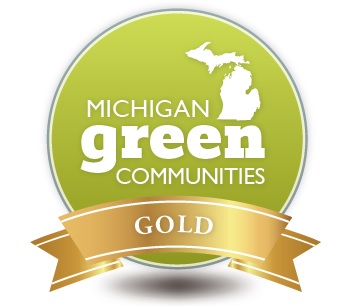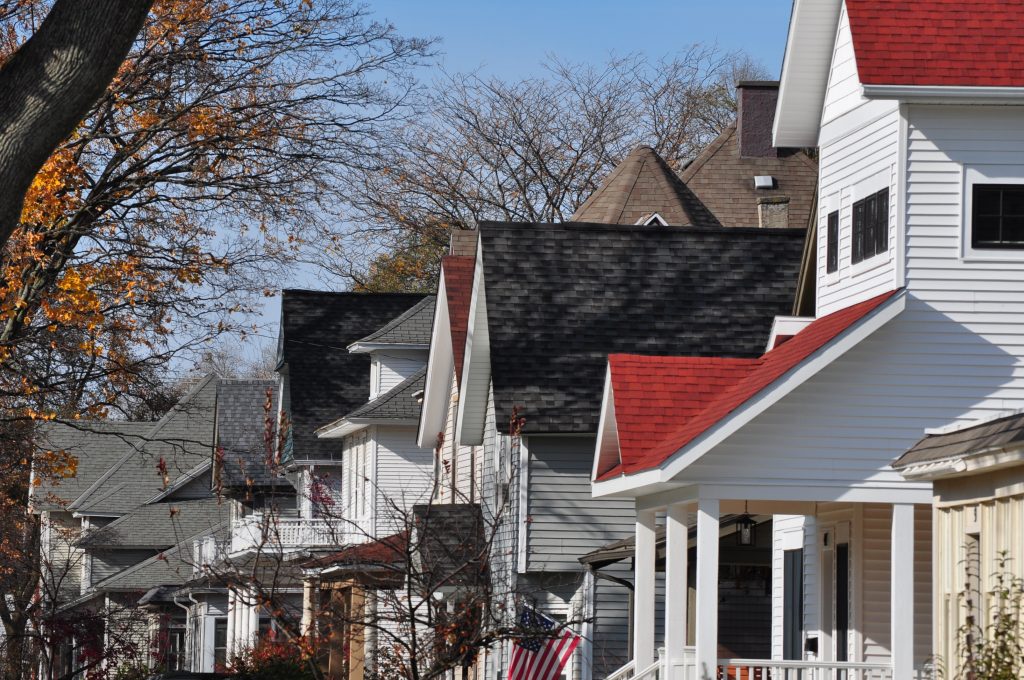By Kerry Irons, Pedal Holland
Few people would describe driving to work as the best part of their day. The good news is that you have an alternative that can significantly reduce your costs while making your commute much more pleasant. Bicycle commuting is far less expensive, far more environmentally friendly, much healthier, and more enjoyable.
Now, if you’re wishing that you could use bicycle transportation instead of driving a car, you can.
No special bicycle is needed (though fenders are a good idea), and only a little preparation is required.
Using Holland’s developing network of designated bike routes, bike lanes, and paths, route planning is straightforward. Watching the weather and choosing clothing appropriately deals with nearly anything that Mother Nature might throw at you.
That is the general concept, but why are we talking about bicycle commuting in the dead of winter?
The short answer is that bicycle commuting year-round is very possible, even in snowy West Michigan.
Minneapolis has a large number of year-round bike commuters!
On most days, our roads are dry or only wet, rather than “snow covered and slippery.” The two real winter cycling challenges are the temperature and the dark. And there are ample solutions to both.
Low cost and highly effective bike lights are available at any bike shop. A white LED light in the front allows you to see the road ahead, and a red strobe in the rear makes it easy for motorists to spot you.
Wheel reflectors make you even more visible.
We all know the old saying that, “It’s not too cold outside, only people who don’t know how to dress properly.” There are lots of bicycle specific clothing options – check out our local bike shops.
But you may already have some solutions at home. Examples could be as simple as rain pants and rain jackets. Worn over street clothes, the wind break that they offer means you can ride comfortably at much lower temperatures. Ski gloves or any insulated gloves keep your hands warm, and a thin ski hat that covers your ears can fit under your helmet. A pair of winter shoes or boots protect your feet.
It does take some experimentation to get things right, but a quick look at the thermometer and the weather forecast, combined with experience, will tell you how to dress.
If you’re worried about not having the right clothes at work after you’ve ridden your bike, many riders simply bring needed “change items” in a backpack. Others leave things like dress shoes at work and just change when they get there. And think about how impressed your co-workers will be!
The internet has huge resources for bike commuters, including https://peopleforbikes.org and https://bikeleague.org/content/commuting
Kerry Irons is a retired chemical engineer who has lived in Holland for five years. Irons is a lifelong cyclist who commuted to work by bike year-round for 30 years in central Michigan. He is the U.S. Bicycle Route System national volunteer coordinator for the Adventure Cycling Association.
This Week’s Sustainability Framework Theme
Transportation: The movement of people, goods, and services within the area is an evolving system that links us to our regional, national and global networks.
ABOUT THIS SERIES
Living Sustainably is a collection of community voices sharing updates about local sustainability initiatives. It is presented by the Holland-Hope College Sustainability Institute, a joint project of Hope College, the City of Holland and Holland Board of Public Works. Go to www.hope.edu/sustainability-institute for more information.
